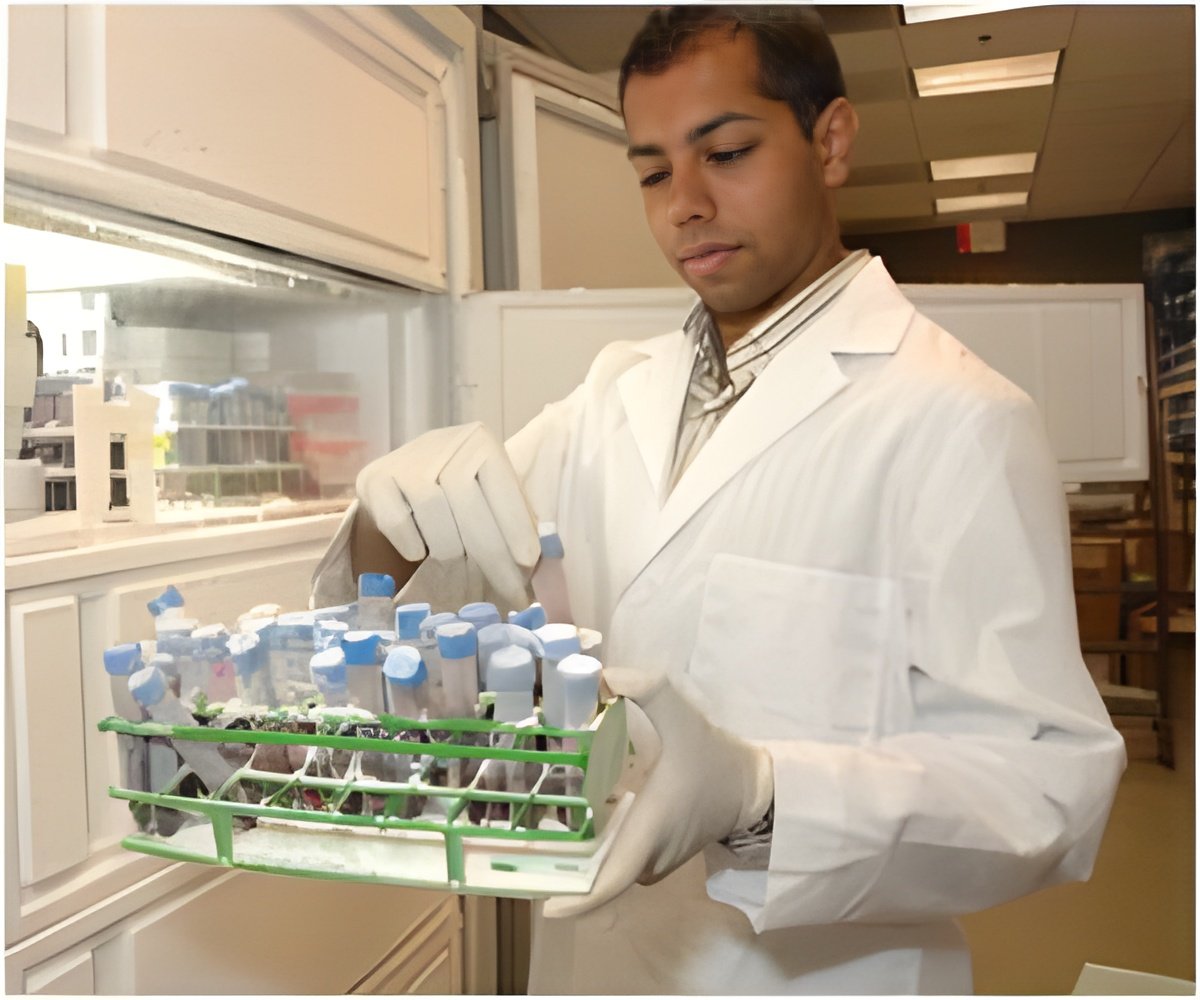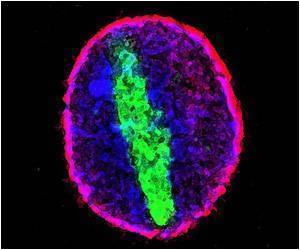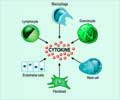Within the immune system, a subtle balance exists between the cells that destroy alien pathogens and those that preserve the body's own tissues. When the balance

"Understanding how the immune system is controlled can give people a better, bigger picture of how these diseases can emerge and could help us find more effective therapies in the future," said senior study author Yisong Y. Wan, PhD, assistant professor of microbiology and immunology at the UNC School of Medicine.
The study, published online Sept. 15, 2011, in the journal Immunity, is the first to implicate a regulatory switch known as GATA-3 in Treg function and immune tolerance. The factor was known to regulate another type of immune cell, called a type-2 helper T cell, but its role in Tregs was unknown.
So Wan and his colleagues looked to see what would happen if they deleted the GATA-3 gene specifically in Tregs of mice. They found that the mutant mice developed a spontaneous inflammatory disorder, with abnormal immune cell invasion into tissues (Images). When they delved deeper, the scientists discovered that the Tregs were no longer able to suppress the immune system like they should. The researchers then traced this defect through the chain of command, from the Foxp3 that regulates Treg function (hence the name Foxp3-expressing regulatory T cells), up to the GATA-3 that regulates Foxp3.
Having uncovered this previously unknown function of GATA-3, Wan would now like to see what else this important master regulator may be controlling in immune cells. In particular, he is looking for components of the immune system that could be potential targets for correcting the underlying defects that lead to inflammatory and autoimmune diseases.
Source-Eurekalert











